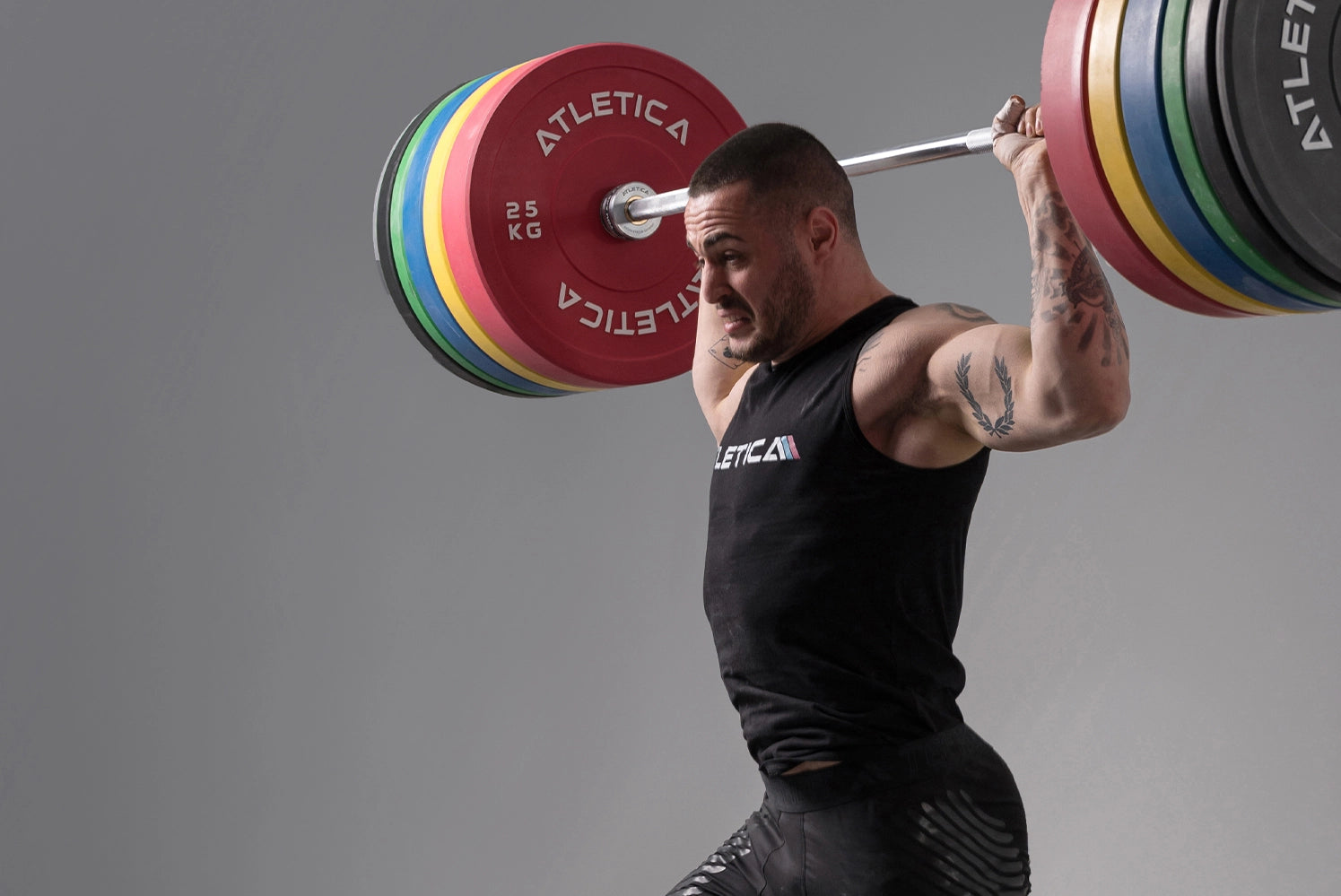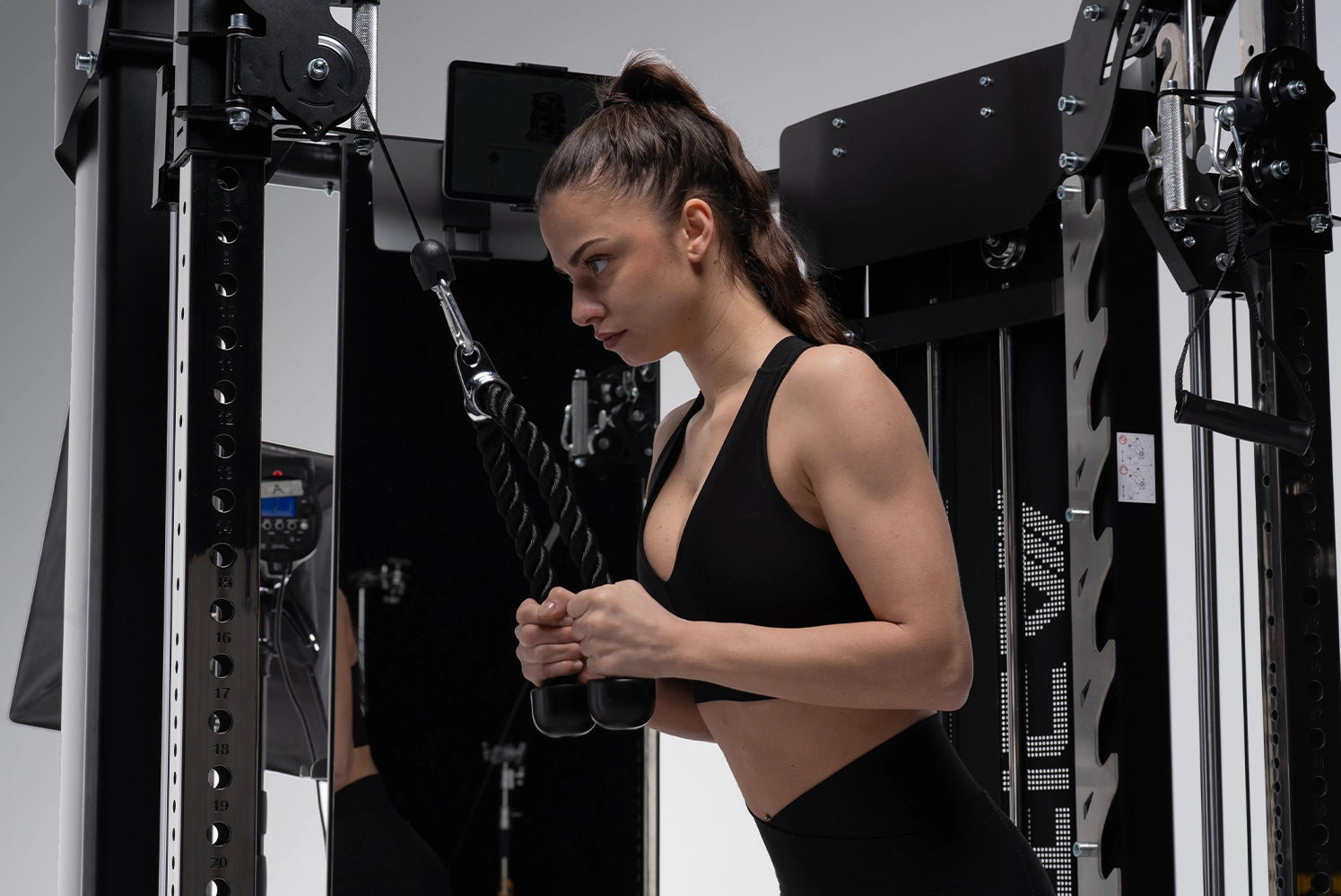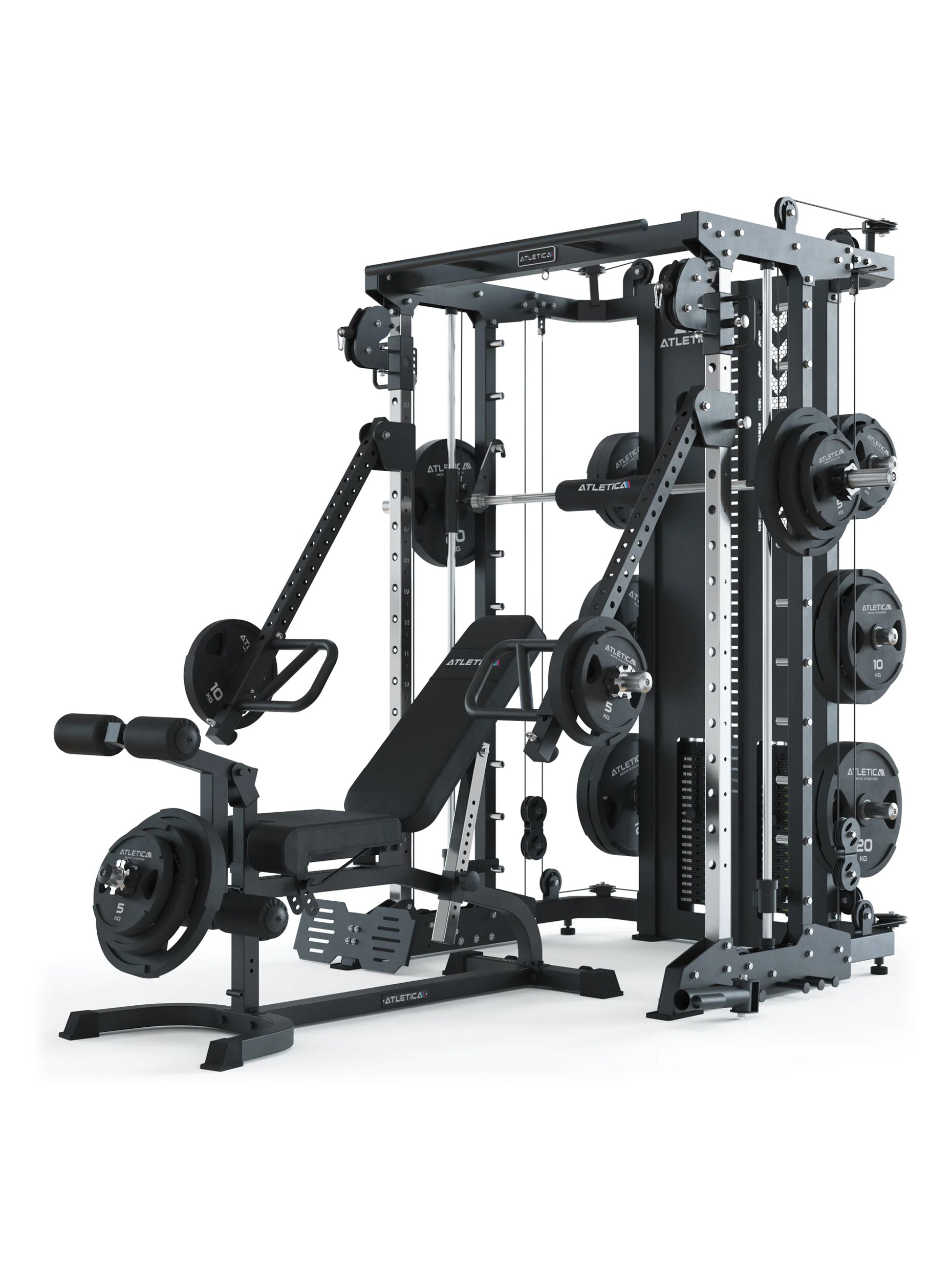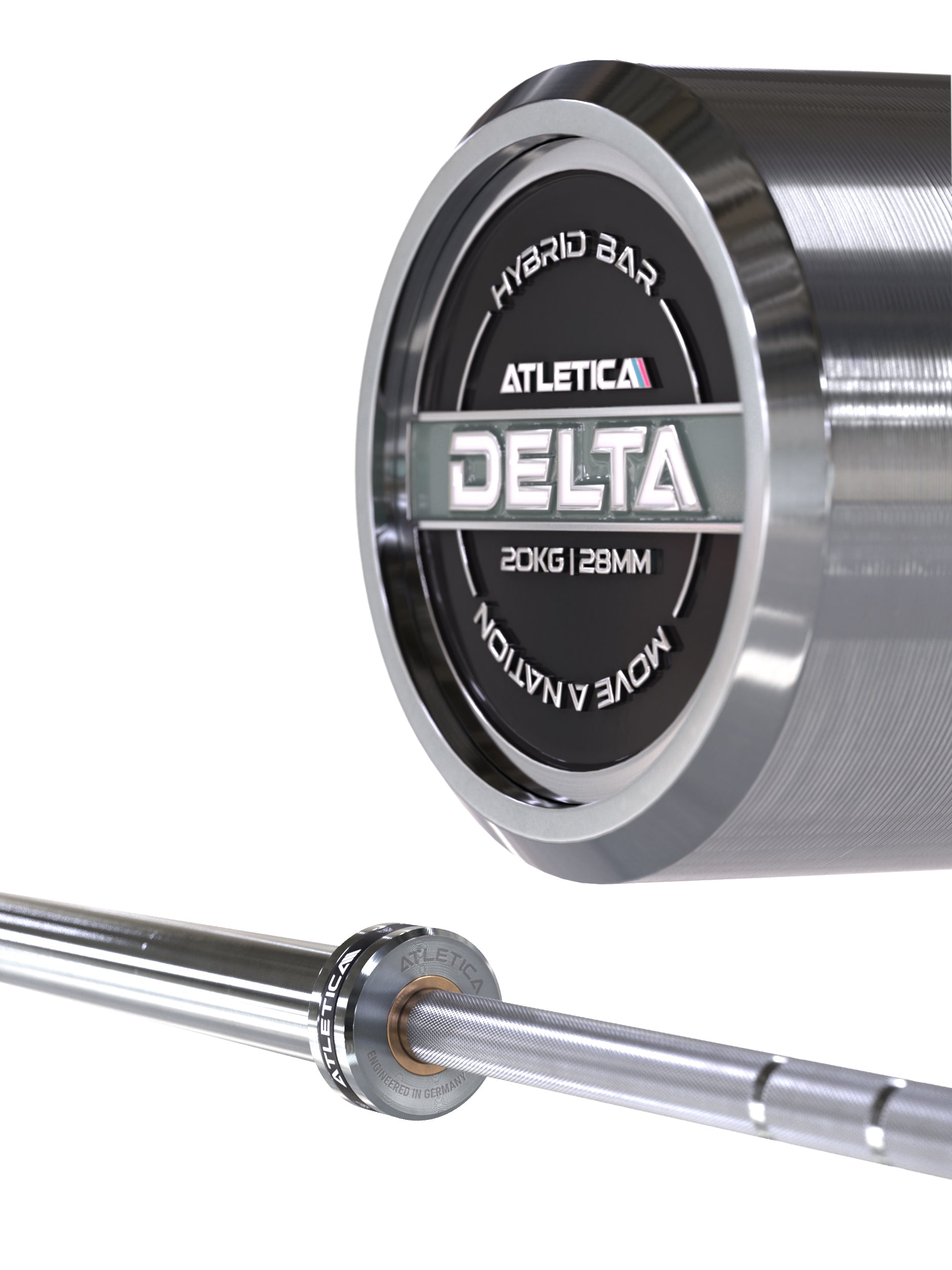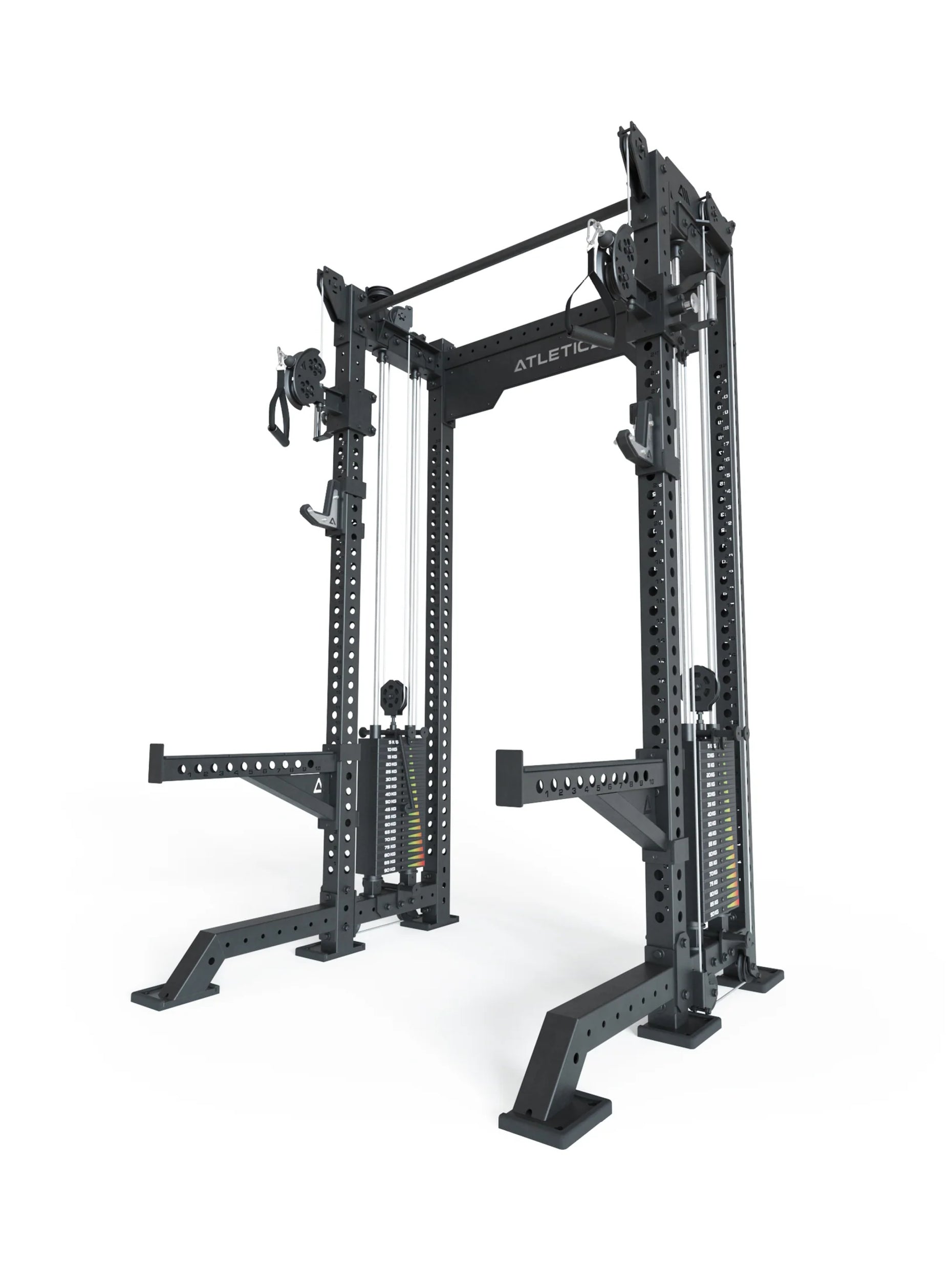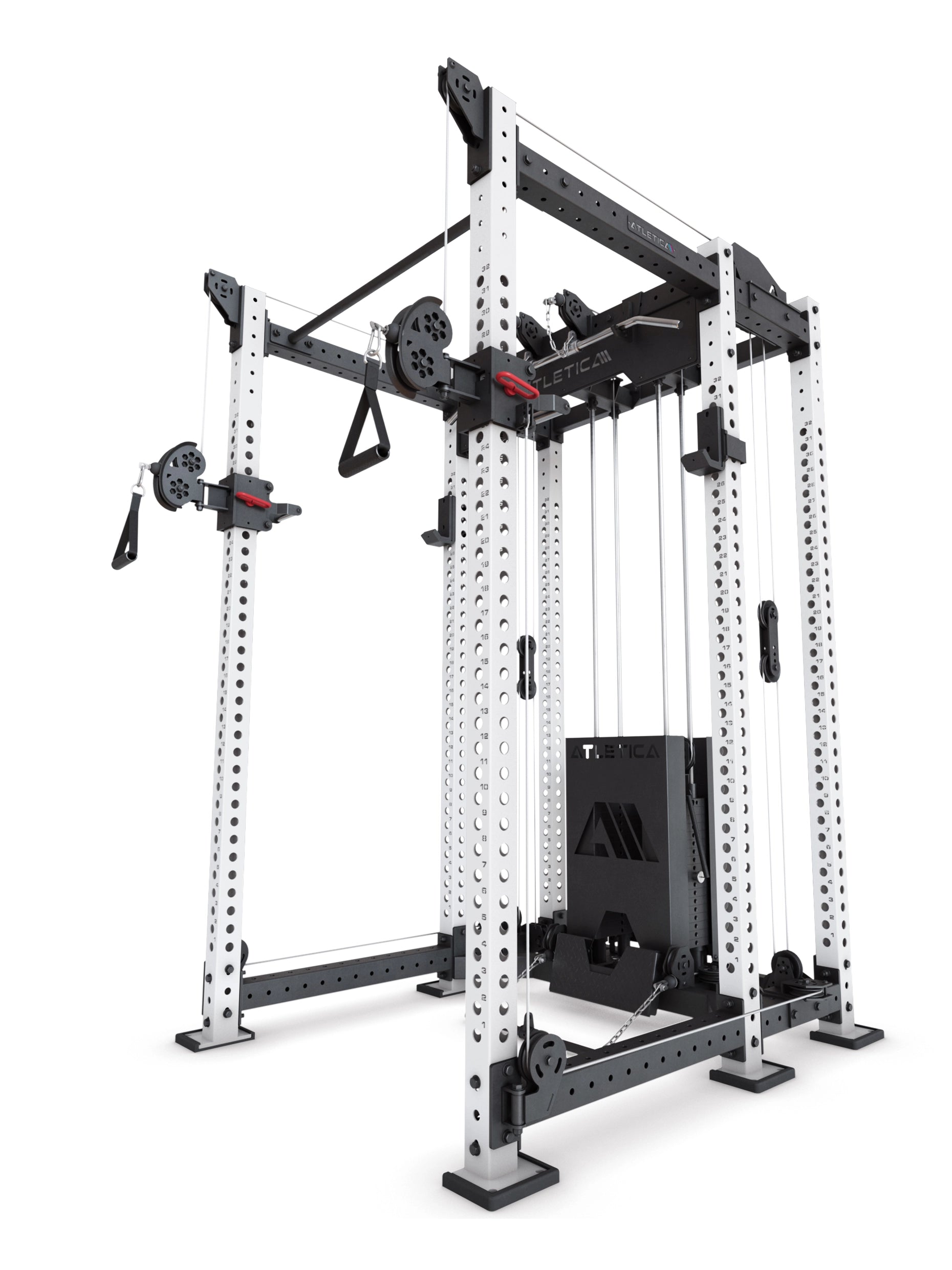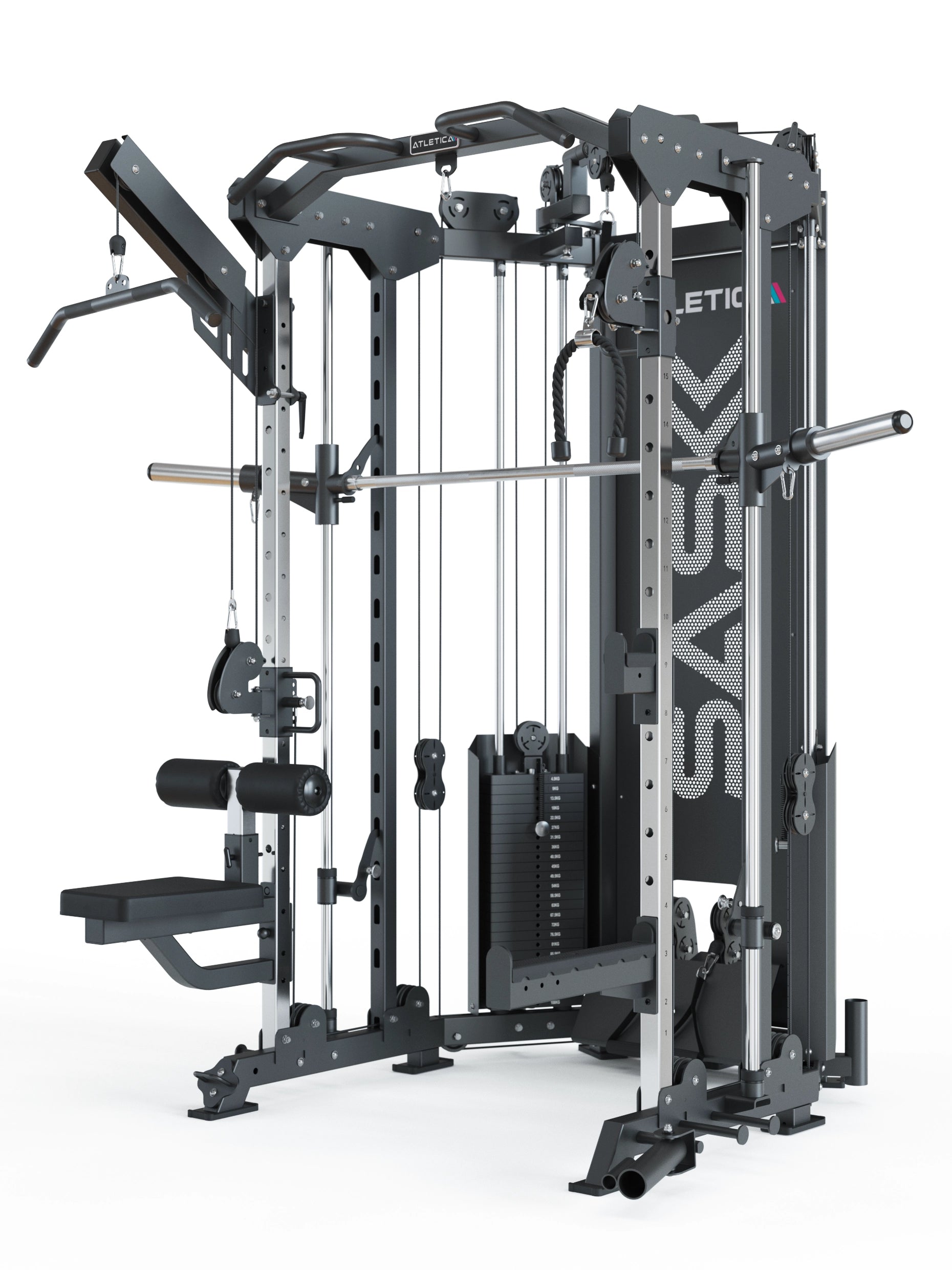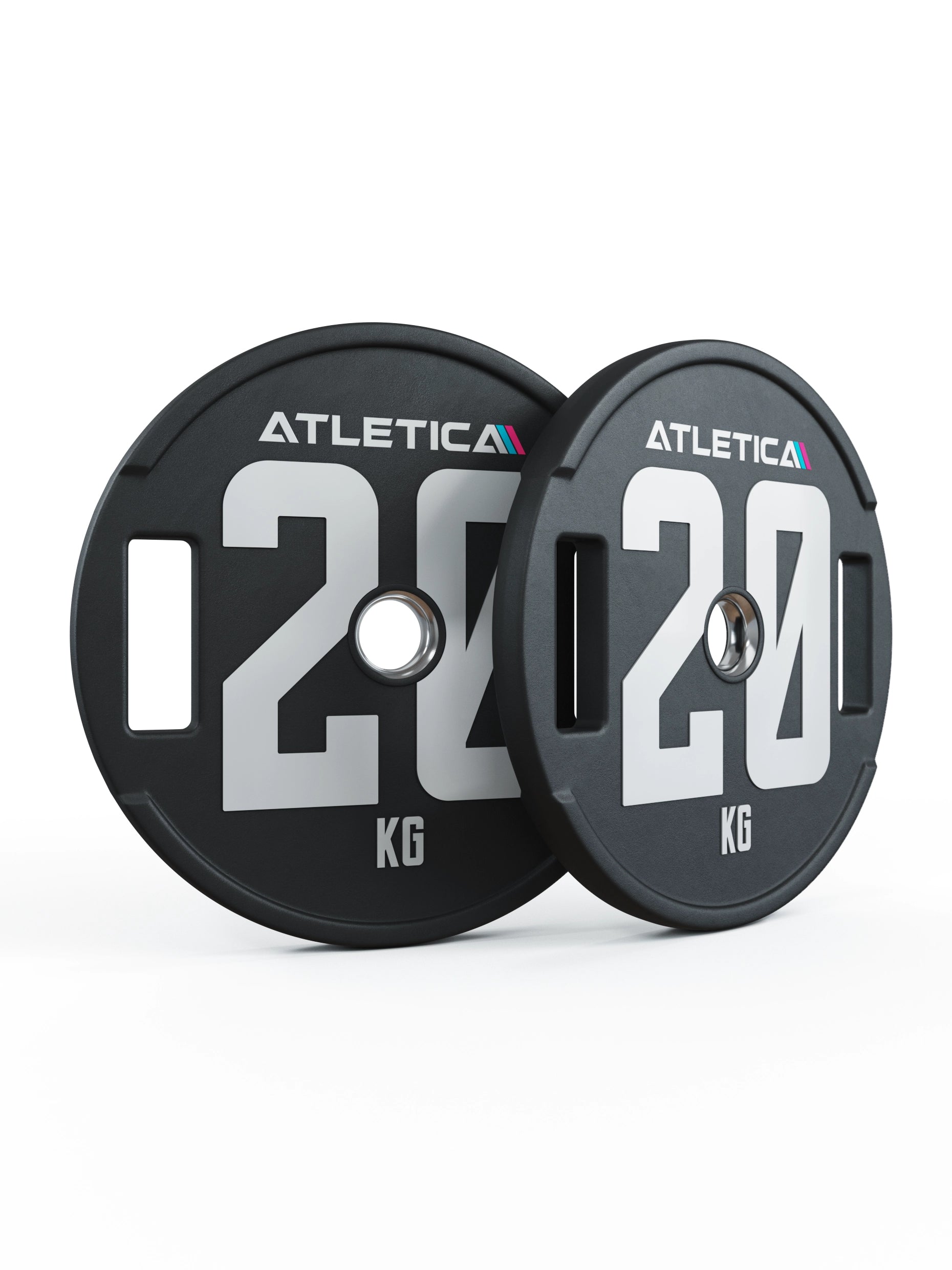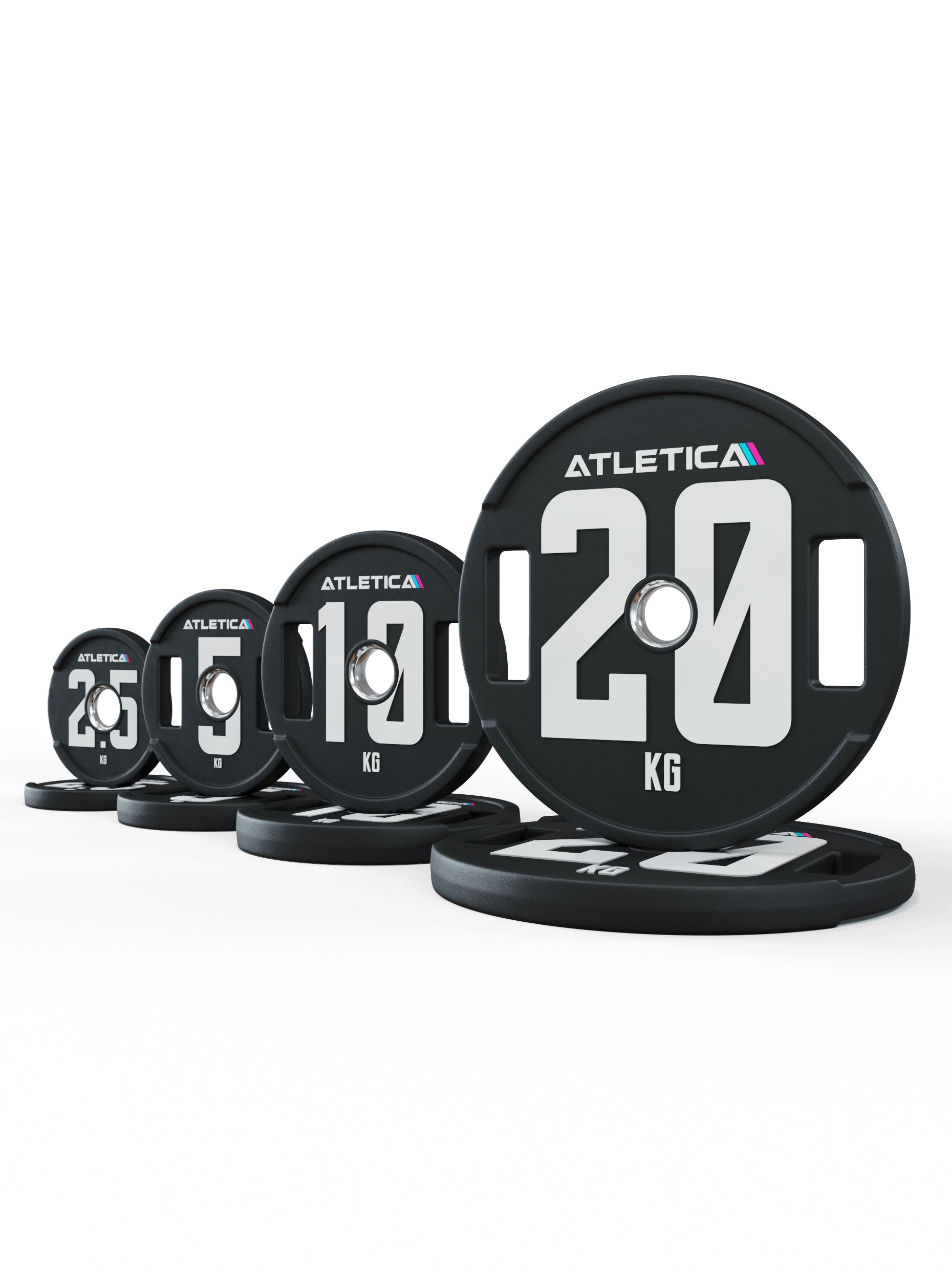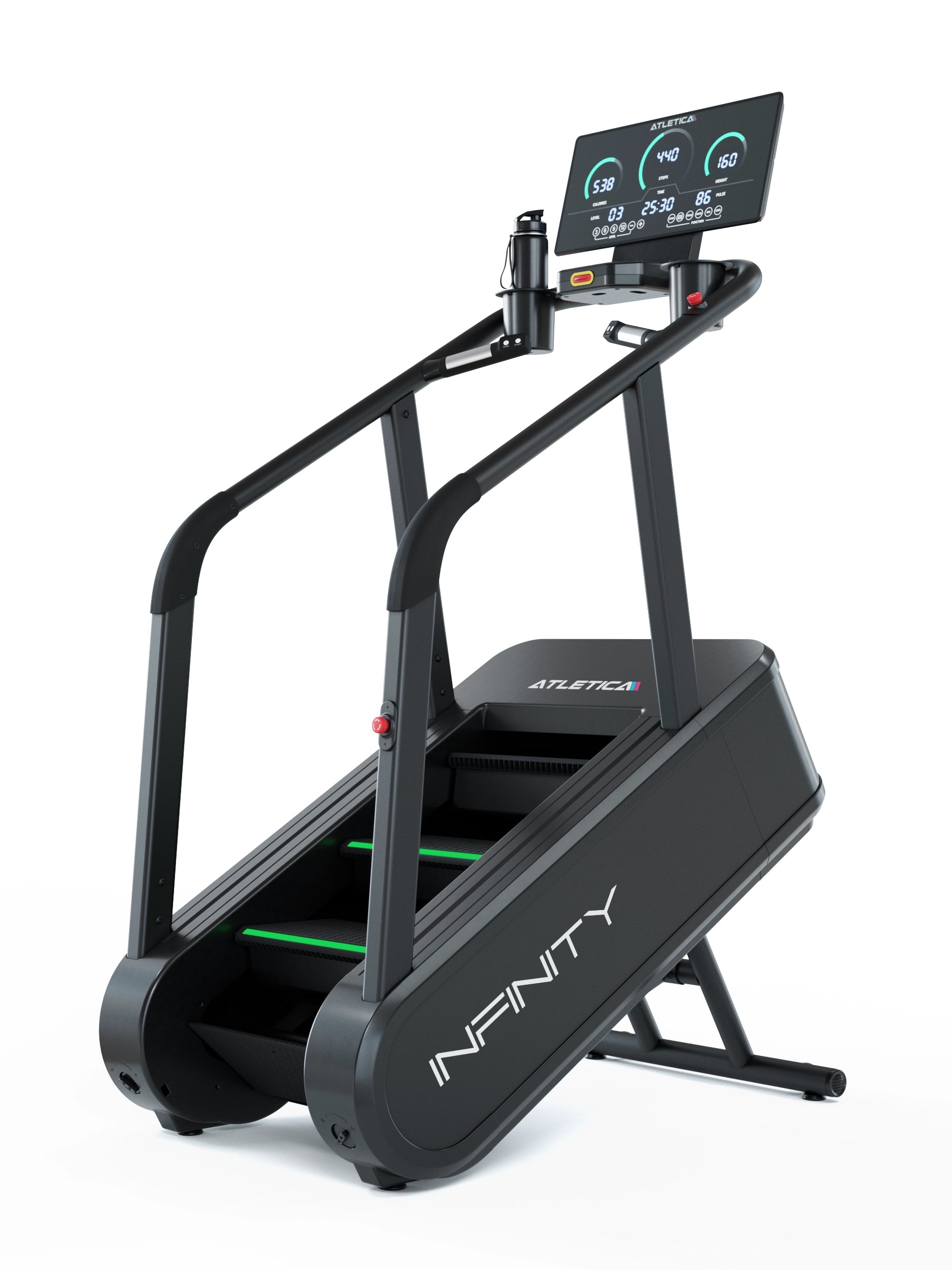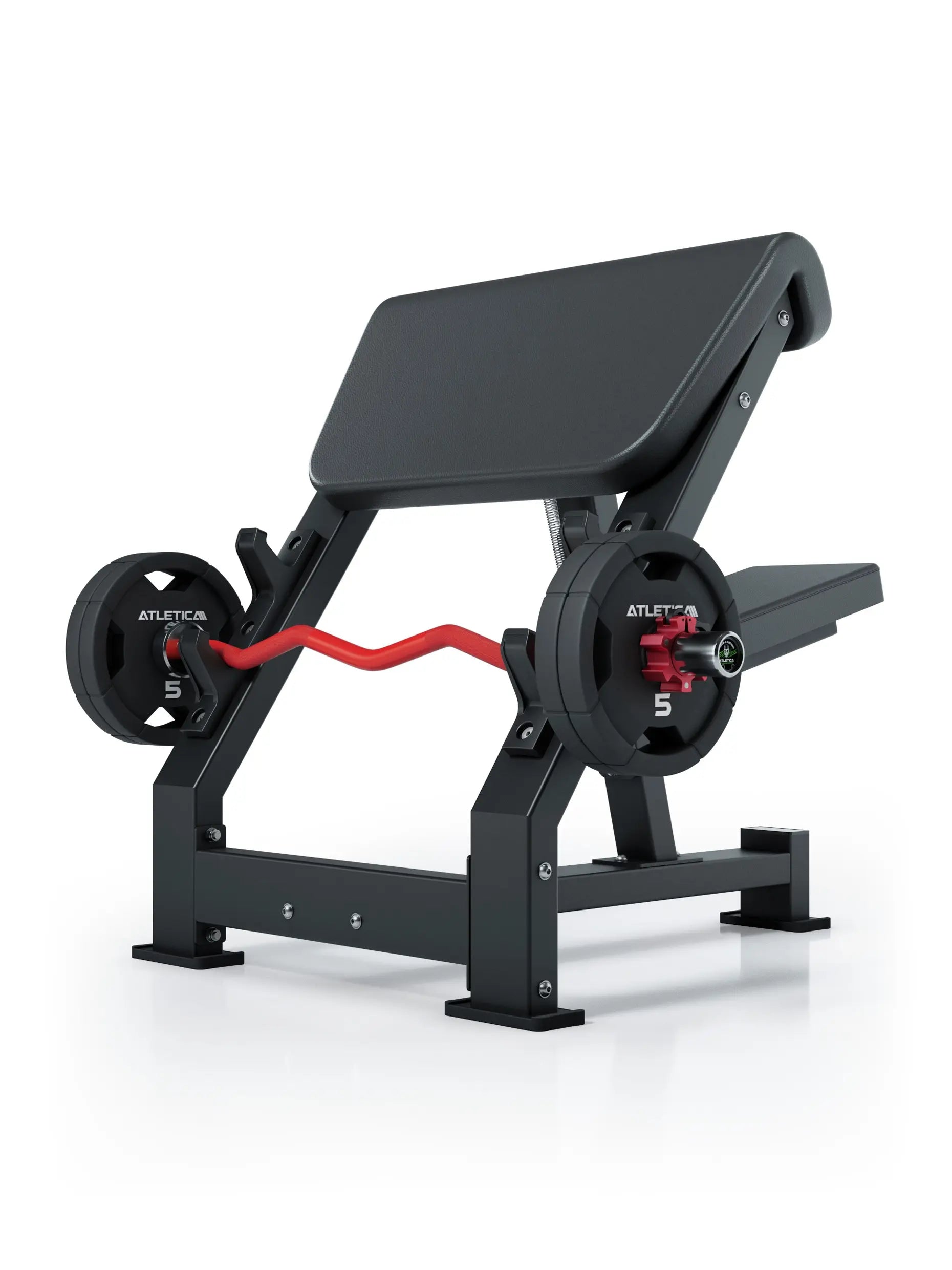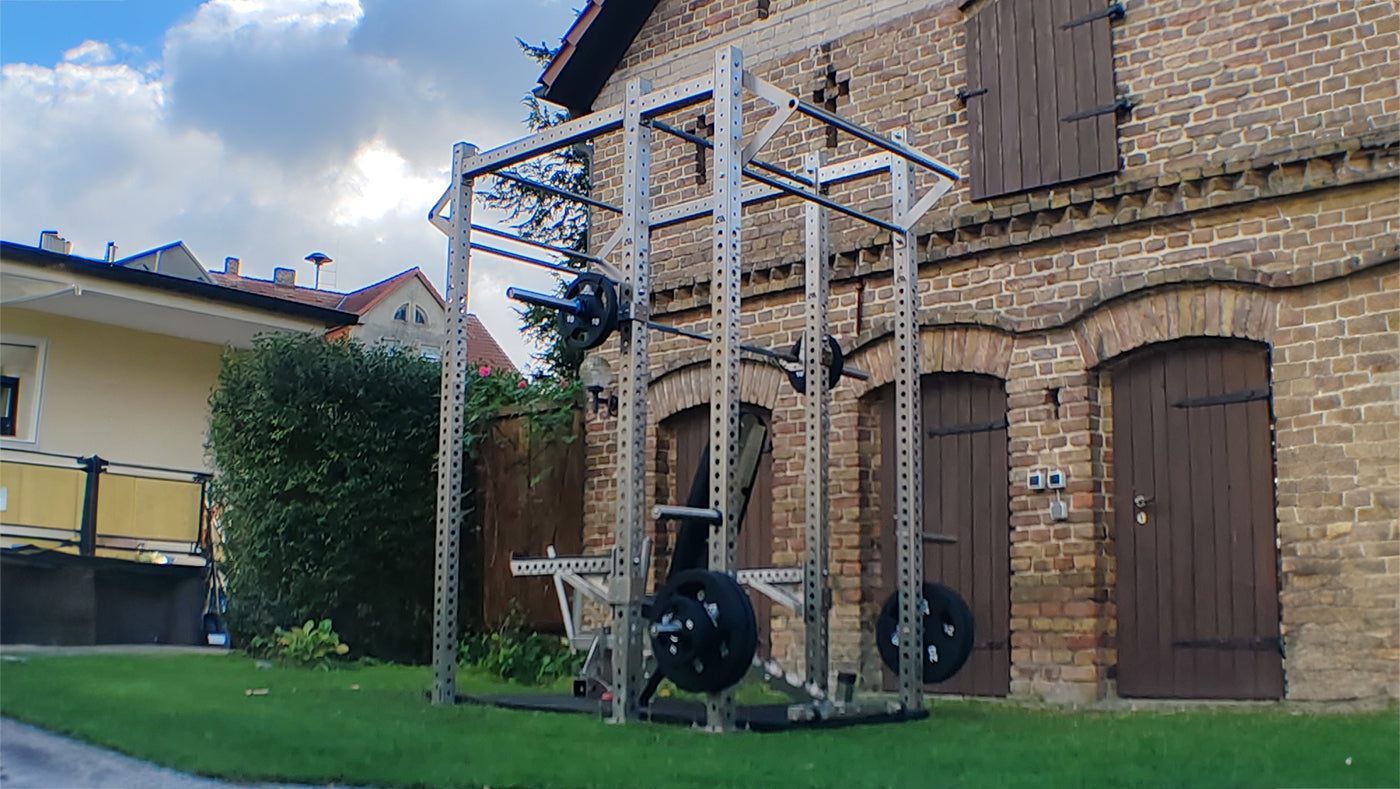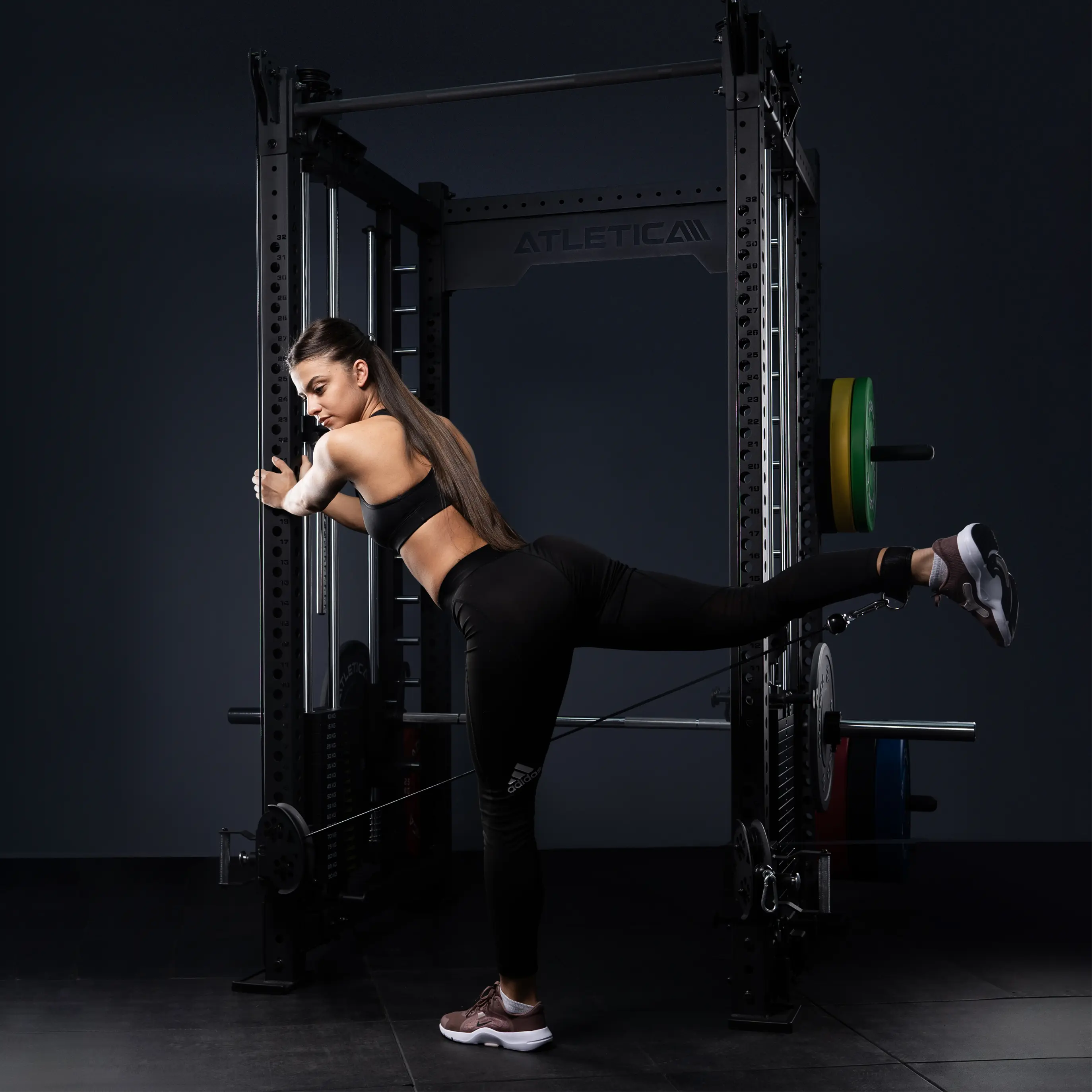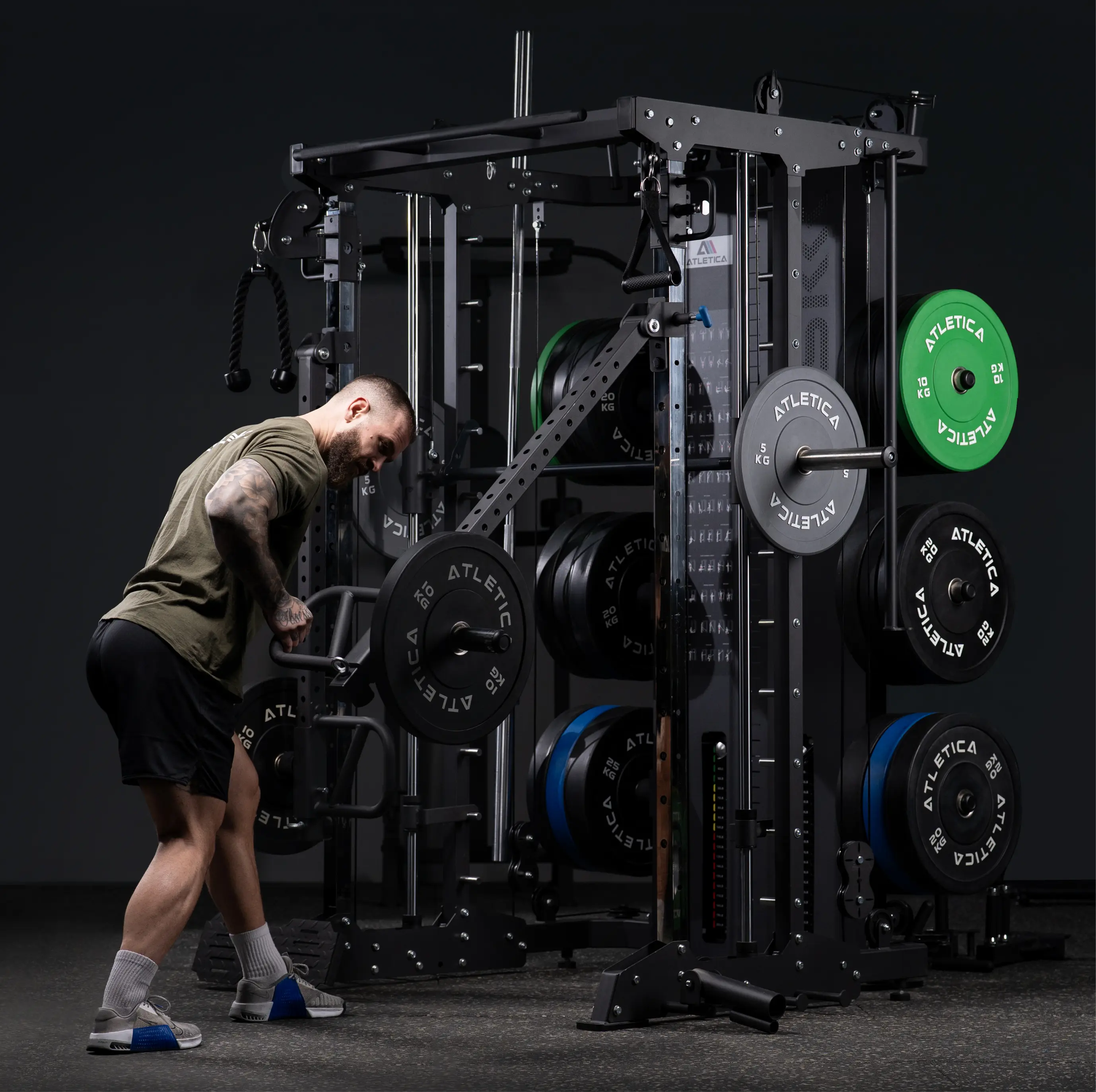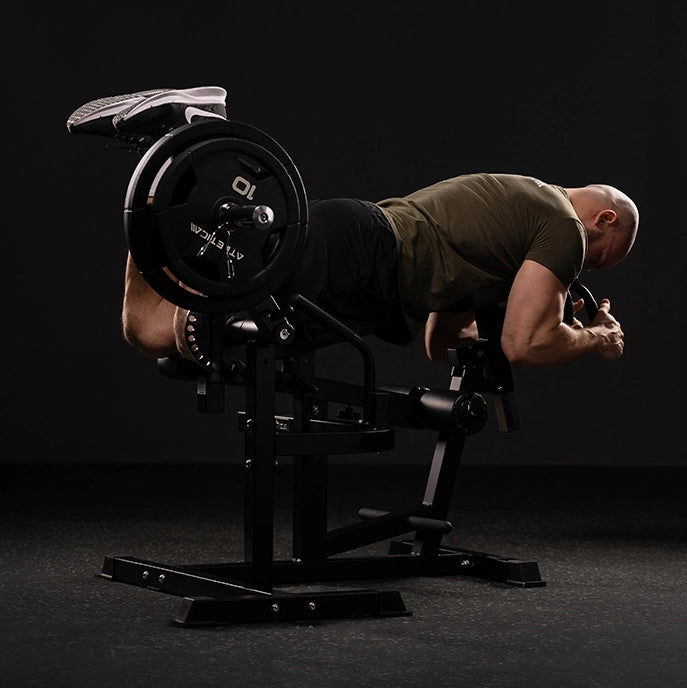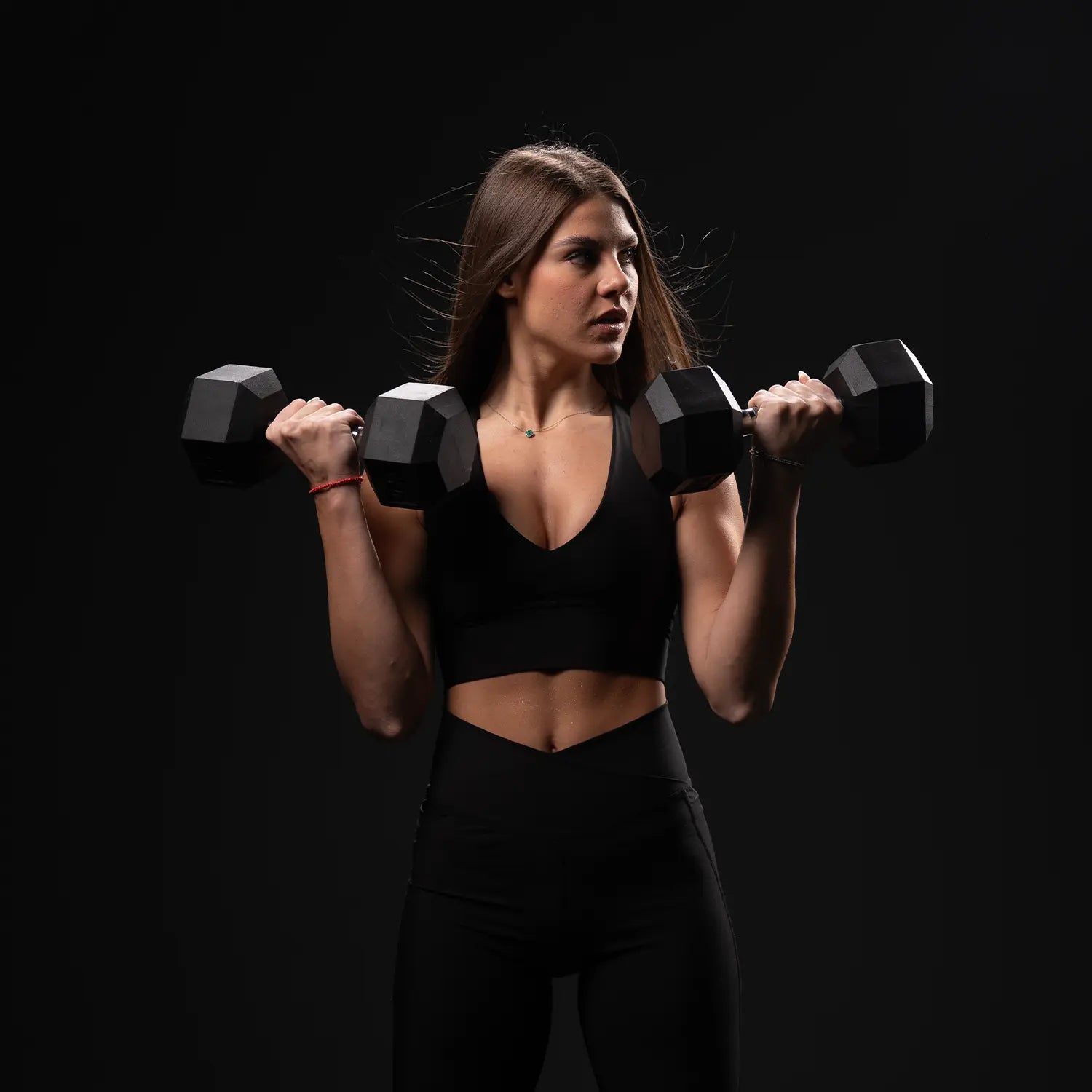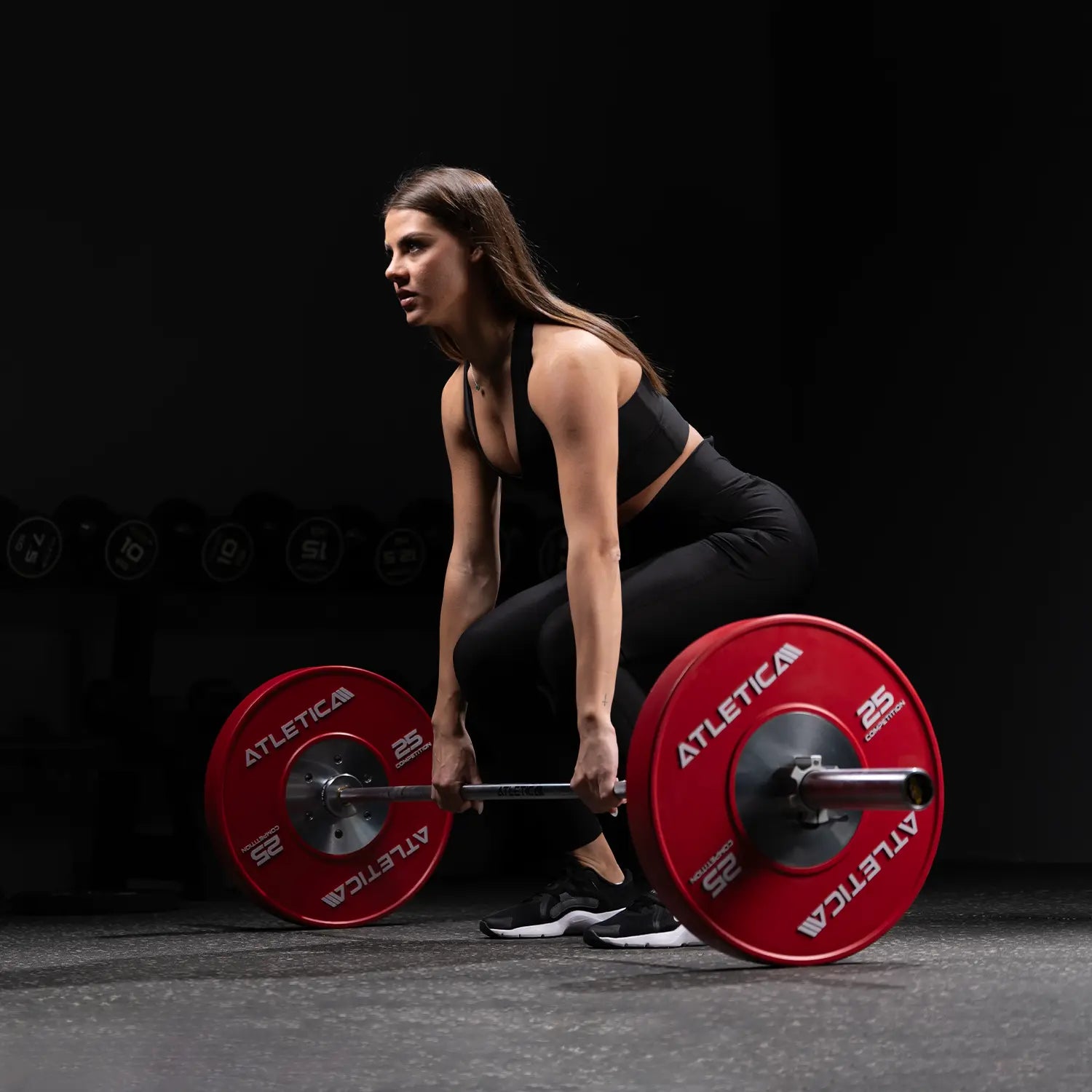Do you want to set up or re-equip road bike and mountain bike clubs? Then choosing the right equipment is the key to success. In this article, you will learn why high-quality sports equipment and gear is so important for these disciplines and what you should look out for when making your selection. Whether for intensive road bike training or challenging mountain bike trails - we will show you how to set up your club optimally to offer your members the best training experience.

Setting up road bike and mountain bike clubs – why the right equipment is so important
Setting up road bike and mountain bike clubs requires more than just providing a training location. The right equipment plays a central role in the success of the club, the safety of the riders and the efficiency of the training. Whether for road racing or riding on challenging trails - the equipment must not only be tailored to the different needs of the athletes, but also meet the specific requirements of the sport.
For cyclists, equipment is crucial to continuously improving their performance and staying safe on the road. Whether they want to take part in races, train endurance or develop technical skills on challenging routes - the right setup makes all the difference. The maintenance and care of the bikes as well as the physical fitness of the riders also play a major role, which is why a club's equipment goes far beyond providing bikes.
Safety is a key aspect. Cyclists rely on well-functioning, safe equipment that is reliable and optimally supports their physical exertion. Not only the bike itself, but also the equipment and training devices must meet the highest standards in order to avoid injuries and give riders the necessary confidence in their equipment.
In addition, the right equipment promotes the motivation and long-term commitment of club members. A well-equipped club offers its riders the opportunity to specifically improve their skills and train in a professional environment. This not only attracts new members, but also promotes loyalty to the club, as riders receive the best support for their sporting goals.

Setting up road bike and mountain bike clubs – what sports equipment do you need?
When setting up a road bike or mountain bike club, stationary bikes and training equipment play a crucial role, especially for indoor training. These machines are ideal for working on endurance, strength and technique regardless of the weather. They offer riders the opportunity to train specifically and intensively without having to rely on outdoor conditions. Here are the most important stationary sports equipment needed for a well-equipped road bike or mountain bike club:
1. Pedaling Bikes
Pedaling Bikes are an indispensable part of road bike and mountain bike clubs. These stationary bikes simulate the feel of a real road bike and allow riders to work on their endurance and cadence. They are particularly popular for high-intensity interval training (HIIT) and are suitable for group training or solo sessions. With adjustable resistance, pedaling bikes can cover a range of training intensities, from light endurance sessions to strength-intensive hill simulation workouts.
2. Air Bikes
Air bikes, also known as air bicycles, are among the most effective full-body training devices. They combine classic cycling with an upper body workout, as the arms are also actively involved in the movement. The resistance is generated by the air - the harder you pedal, the higher the resistance. These devices are ideal for cross-training and intensive interval sessions that increase both endurance and strength. For road bike and mountain bike riders, air bikes offer an effective way to increase their aerobic capacity and exercise tolerance.

3. Air Bikes (Assault Bikes)
Assault bikes are a special variant of the air bike and are particularly popular in the CrossFit scene and among competitive athletes. They are robustly built and are suitable for extremely intensive training sessions. The principle is similar to that of a classic air bike, but assault bikes enable even more intensive workouts because they are designed for maximum load and speed. Riders can use these devices to strengthen their lactate tolerance, anaerobic capacity and general fitness.
4. Ergometers and Smart Bikes
For riders interested in specific performance data and fine-tuning their training, ergometers and smart bikes are essential. These stationary bikes offer the ability to capture precise measurements of power (watts), cadence and heart rate. Smart bikes are particularly valuable because they can be connected to digital training platforms such as Zwift or TrainerRoad to provide realistic course simulations and tailored training plans. These devices are ideal for targeted endurance training, performance improvement and race simulations without riders having to go outside.
5. Bicycle trainers (roller trainers and smart trainers)
Bike trainers, such as smart trainers and roller trainers , are stationary machines that riders can attach their own road bikes to in order to train indoors. They simulate road conditions very realistically and provide an excellent indoor training experience. Smart trainers can adapt to virtual routes and individual training plans, making them perfect for targeted training programs. Roller trainers, on the other hand, require riders to have a high level of balance and technique, which allows them to improve their riding skills.
6. Wattbikes
Wattbikes are a high-end version of stationary bikes and offer precise measurements of power, cadence and efficiency. They enable accurate analysis of pedal movements and provide detailed feedback on technique, making them a valuable training tool for road and mountain bike riders. Wattbikes are ideal for developing strength endurance and improving pedaling technique.
7. Ergo bikes with digital training programs
Some modern ergo bikes offer the option to pair them with digital platforms that guide riders through virtual courses and challenging training programs. These provide additional motivation and enable an interactive training experience that simulates racing conditions. These machines are particularly popular in group training sessions as they increase intensity and promote a sense of community.
8. Treadmills for bicycles
For intensive indoor training, some clubs offer special treadmills for bicycles. These machines allow riders to place their own bicycle on a moving pedal surface on which they can adjust both speed and incline angle. These devices perfectly simulate outdoor conditions and allow training of mountain stages or intense sprints.

Stationary training equipment such as pedaling bikes, air bikes, smart bikes and bike trainers are essential for setting up a road bike or mountain bike club. They offer riders the opportunity to train intensively even in unfavorable weather conditions and to work specifically on their endurance, strength and technique. With a well-thought-out selection of equipment, road bike and mountain bike clubs can offer their members comprehensive and effective indoor training that prepares them perfectly for the challenges outdoors.
Buying the right sports equipment – what should you pay attention to?
When purchasing exercise equipment, there are several important factors to consider to ensure that the equipment meets the needs of your gym, home gym or club. Quality, safety and durability are crucial, but ease of use and versatility also play a key role. Here are the most important points to look out for when purchasing exercise equipment:
1. Quality and workmanship
The quality of the sports equipment is the most important criterion. High-quality materials such as steel frames and durable upholstery guarantee a long service life, even with intensive use. Make sure that the equipment is sturdily built and well-made to ensure high resilience and safety. It is particularly worthwhile investing in robust equipment in commercial gyms or club environments where the equipment is subject to heavy use.
2. Security
Safety always comes first. Make sure that the equipment meets all the necessary safety standards. These include non-slip handles, stable surfaces and safety mechanisms such as stop systems on treadmills or adjustable safety devices on weight machines. Guided movements on machines minimize the risk of injury and make the equipment suitable for beginners.
3. Ergonomics and user-friendliness
Ergonomic equipment is important to support correct posture during training. Adjustable seats, padding and handles make the equipment suitable for different body sizes and fitness levels. Operation should be intuitive and straightforward so that users can start training quickly and safely without the need for complex instructions.
4. Versatility and functionality
Multifunctional equipment that allows for multiple exercises is ideal, especially in smaller studios or home gyms, to save space and offer a versatile workout. A cable pull station that can be used for different muscle groups or a multi-press that is used for both squats and bench presses offers more flexibility and utility.
5. Maximum load capacity
Depending on the target group for which the equipment is intended, you should pay attention to the maximum load capacity. In professional gyms or clubs, the equipment is used by users with different training levels. Therefore, it should be designed for high weight loads in order to also meet the needs of advanced athletes.
6. Space requirements
Before you buy the equipment, you should plan the available space carefully. Large equipment such as treadmills , rowing machines or power racks require a lot of space. It is important to leave enough space around the equipment so that users can move safely and freely. If space is limited, space-saving solutions or multifunctional equipment offer a good alternative.
7. Maintenance effort
Look for equipment that requires little maintenance and is durable. High-quality cables, long-lasting bearings and well-protected parts reduce maintenance and downtime. It is also helpful if the manufacturer offers a reliable maintenance and repair service and spare parts are readily available.
8. Costs and budget
Price is obviously an important consideration, but it is advisable to invest in quality. Cheaper appliances can be more expensive in the long run as they wear out faster and need to be serviced or replaced more often. A well-planned budget that takes into account the purchase of durable appliances will save costs in the long run.
9. Warranty and Service
A long warranty period is often an indicator of the quality of a device. Make sure that the manufacturer offers reliable customer service and a good repair or maintenance service. In the event of a defect or problems, it should be possible to obtain spare parts or repairs quickly and easily.
10. Design and Aesthetics
The design of the equipment also plays a role, especially in commercial gyms. Modern and attractive design can improve the overall impression of the gym and create a professional atmosphere. It helps users feel comfortable and stay motivated.
When purchasing sports equipment, it is crucial to pay attention to quality, safety and versatility. Ergonomic, low-maintenance and robust equipment ensures safe and effective training and offers the greatest long-term benefit. With the right selection of equipment, you can ensure that your gym, home gym or club is optimally equipped and offers users the best possible training experience.

Set up road bike and mountain bike clubs – secure free advice
You can find the best sports equipment for your gym, home gym or club in the Atletica online shop . We offer a large selection of high-quality and durable equipment that is perfectly tailored to your individual needs. And the best part: you can now quickly secure a free consultation! Our experts are at your side and help you find the ideal equipment for your fitness project. Start with Atletica today and rely on quality!



